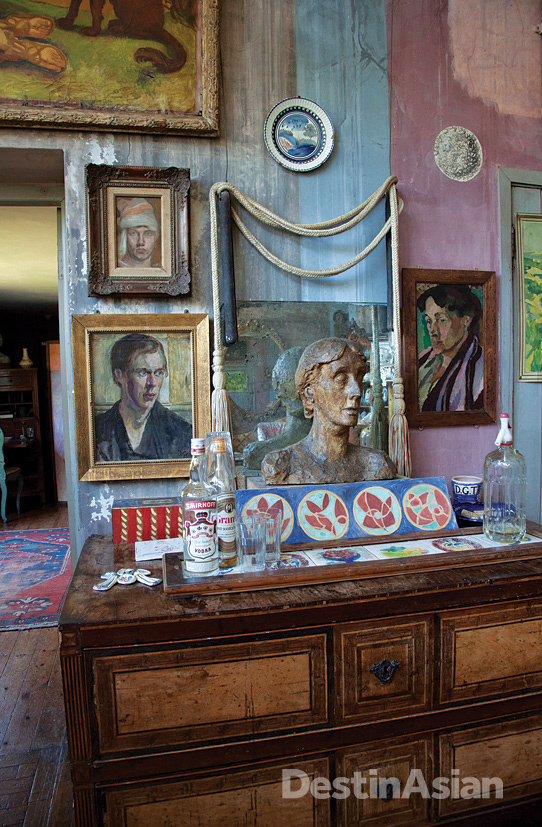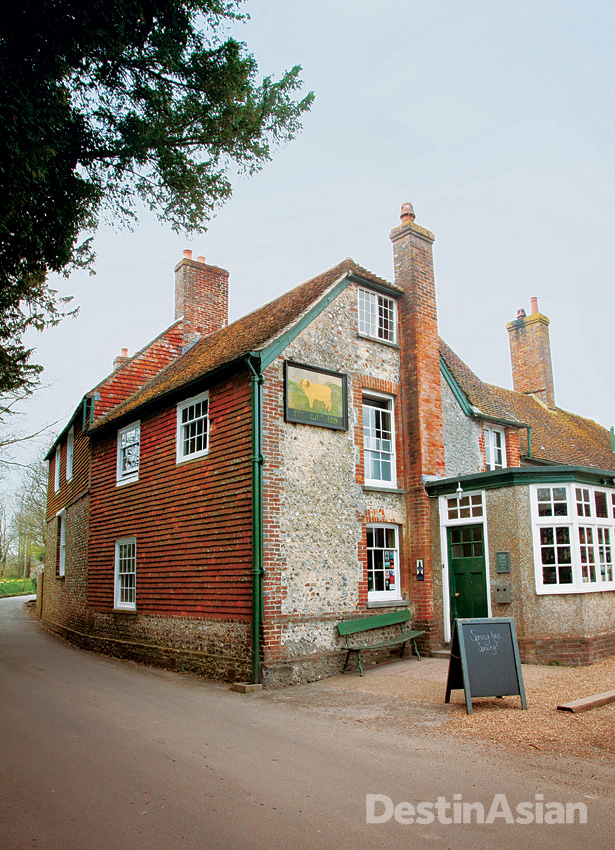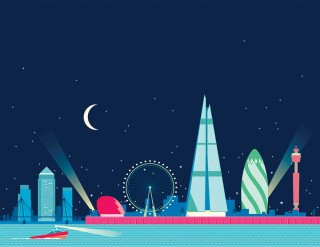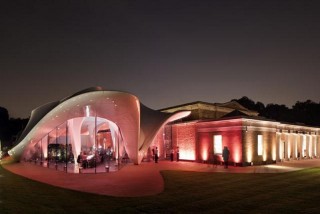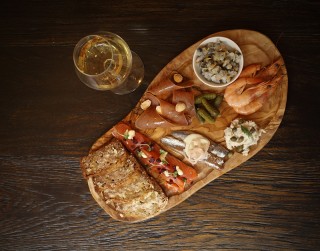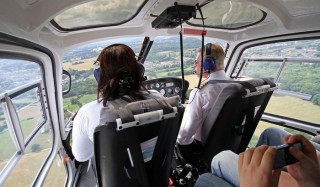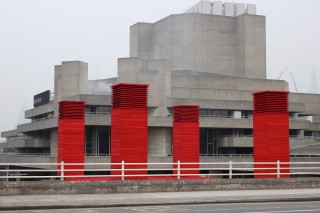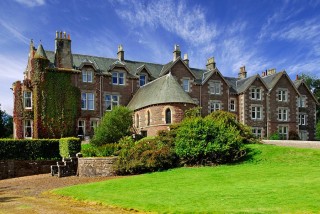Once frequented by Bloomsbury artists and writers, this bucolic slice of the South Downs is rich in historical sites and scenery
By Sophie Davies
Photographs by Emily Mott
Setting off from Chichester early on a sunny Friday morning, my photographer friend Emily Mott and I drive east along the A27 in a past-its-prime Skoda hatchback. It’s hardly a glamorous conveyance, but then, on a road already teeming with commuters and holidaymakers heading for the coast, looking stylish is the last thing on my mind. Once we’ve entered the countryside surrounding Lewes, however, the pace mercifully slows. Roads give way to lanes, grays to greens, and houses to hedgerows. Just 70 kilometers south of London, this corner of East Sussex feels a world away, with rolling hills dotted by quintessentially English villages and towns. The area, nestled deep in the glorious South Downs National Park, is a magnet for walkers and serious cyclists. But on this trip, it’s Lewes’s cultural attractions that are foremost on our agenda.
Fittingly we are here for the start of the Charleston Literary Festival, an annual event that runs from mid- to late May. Turning right after the flint-clad village of Firle and then right again, we follow a tractor down a concrete track to the Charleston farmhouse. I have long been fascinated by the lives of the so-called Bloomsbury group—early-20th-century artists, writers, and freethinkers remembered as much today for their work as for their convoluted love lives. The onetime home of artists Duncan Grant and Vanessa Bell, this rambling rural property was their meeting point. Grant and Bell lived and worked here from 1916, painting the vine-covered house in a distinct, decorative style and hosting parties for their circle of bohemian friends.
The Charleston Literary Festival, now in its 25th year, continues the Bloomsbury legacy, hosting a lineup that includes artist Grayson Perry and playwright David Hare. We follow the throngs into a packed marquee and sit, engrossed, as Ian McEwan offers a sneak preview of his upcoming novel The Children Act. Outside, blinking in the sunlight, we stretch our legs in the wonderful walled gardens and step indoors for a tour of the house. The walls, doors, furniture, and even the pots and plates in each room have been exquisitely hand-painted (in designs that are, incidentally, inspiration for Burberry’s upcoming womenswear collection). More of Grant and Bell’s colorful work can be seen at nearby St. Michael and All Angels Church, which is adorned with floor-to-ceiling murals.
Bell’s sister, Virginia Woolf, lived in the village of Rodmell. This is our next stop. Her 17th-century weatherboard cottage, Monk’s House, is a surprisingly modest home for one of the greatest English writers of the last century. Only the signage on a weathered garden gate distinguishes it, though the house draws 15,000 visitors each year. The interior, painted a shade of arsenic green that was presumably fashionable in Woolf’s time, is filled with art and books. Outside, we trace redbrick paths through swathes of cottage gardens to peek inside Woolf’s writing shed (which is literally just that), where she penned such major novels as Mrs. Dalloway and Between the Acts.
Of the many comfortable country hotels in the area, the Ram Inn in Firle is my favorite. It draws an eclectic crowd of locals, arty types, and hikers, and on weekends, hipsters head over from Brighton for Sunday lunch. This rustic sophistication typifies the area—and the food is delicious. Before eating, however, Emily and I take an early evening stroll, passing farmworkers’ cottages where Wellington boots are strewn across porches and chickens roam freely through the grass. At St. Peter’s Church, we spy two perfectly preserved alabaster effigies lying spookily lifelike in the gloom of the medieval vestry.
By 8 p.m. the bar at the Ram Inn is buzzing. We order cured salmon, fat field mushrooms, and seared breast of guinea fowl and duck—good, hearty English cooking made with seasonal local produce. The pub serves beer from local microbreweries, but we opt to wash down dinner with a bottle of wine from the nearby Ridgeview wine estate before heading upstairs, full and somewhat fuzzy, to bed.



